Building your own home or starting a renovation can be risky. You want to know the risks, anticipate, plan and solve them. Learn what often goes wrong on a custom building or renovation project and find possible solutions.
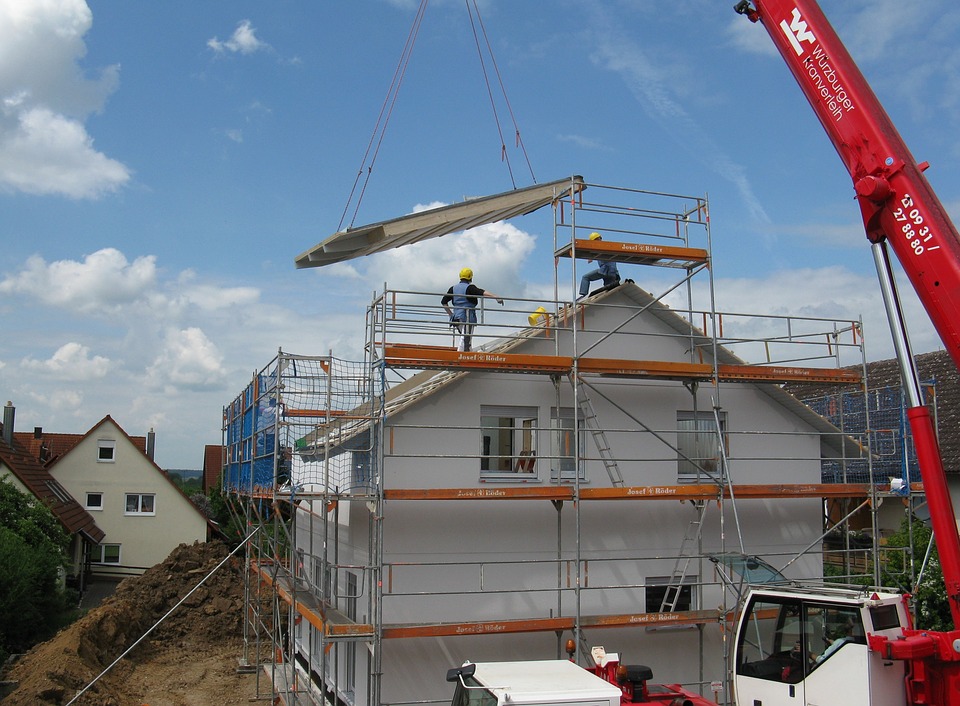
1. Incorrect custom orders
PROBLEM: You’ve ordered a custom material. Whether it’s cut incorrectly or there’s an unexpected flaw, you can’t install as-is.
SOLUTION: Prior to starting the project, your or your builder created construction specifications. The purpose of construction specifications is to define and clearly detail the materials you will order for your job. Compare the project specifications and a copy of the custom order the contractor placed with the supplier should determine responsibility.
If the custom order was incorrect, you have a choice:
- You can accept the delivered product with its mistake, averting delays. This may require modification on-site or an aesthetic compromise.
- You may reorder to receive exactly what you want. However, this pushes your completion date.
Understand that accepting an improper custom order usually translates into some benefit for the homeowner. This can be a discount or exchange. For example, the contractor might have to give something in return for the homeowners accepting what they didn’t order. The question is who is paying?

2. Blueprint Confusion
PROBLEM: Subcontractors are working off an old set of blueprints. This is a problem for your contractor, and, unfortunately, it will delay your schedule.
SOLUTION: Make sure subcontractors are working with the most recent plans. Date your plans. This eliminates any confusion about which set of plans is current.
Note the date of the final set of blue prints in your Construction Agreement and posted with the Ground Rules so everyone and every subcontractor on the site can check their plans to confirm that date is on their set of plans.
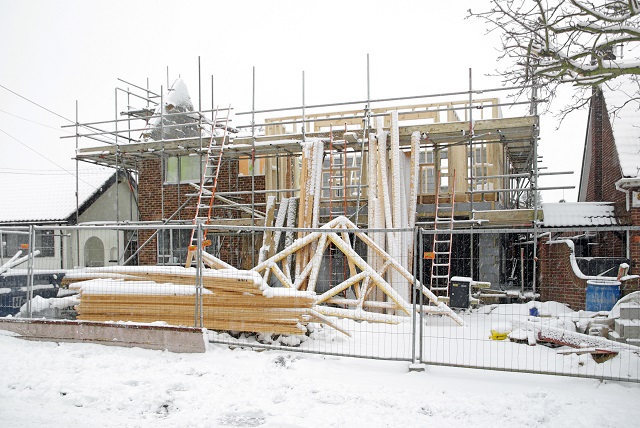
3. Delays
PROBLEM: You can only rent another place or stay with family for a set number of months while construction is underway. How can you guarantee this work will proceed as quickly as possible?
SOLUTION: Ask for a production schedule with your contract so that you can monitor your contractor’s progress. Job site managers often draw up a project schedule with blocks of time for each task. You need to communicate regularly with your contractor about construction delays. What are the delays? What will the outcome be? Opening this dialogue can lead to a solution.
There are several acceptable reasons for delays, some of which are above. When there is a problem and there are delays, you and your team need to address them as quickly as possible. The more open the communication between homeowner and contractor, the better.
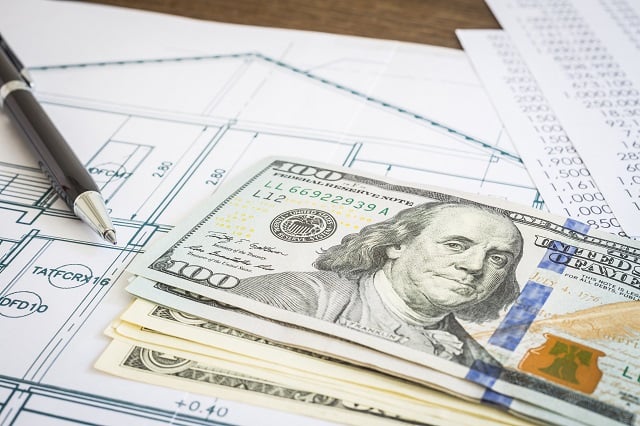
4. Unexpected construction costs.
PROBLEM: Unforeseen conditions, like bad soil, termite damage or dry rot, often appear during construction.
SOLUTION: If you encounter one of these problems, the only alternative to emergency spending is to stop the project. Before beginning your project, budget and set aside funds to cover unexpected costs that aren’t the fault of a manufacturer or contractor.
Your construction agreement already addresses unforeseen circumstances, and if extra work is necessary, your builder is entitled to additional money. If, however, there is some doubt as to whether the circumstances were unforeseen, you deserve a full explanation.
If your contractor overlooked some part of your job and consequently your estimate was low, they are responsible for this oversight. If necessary, a third party could help you resolve any dispute. Share the story with either your architect or an unrelated building official to get an objective opinion.
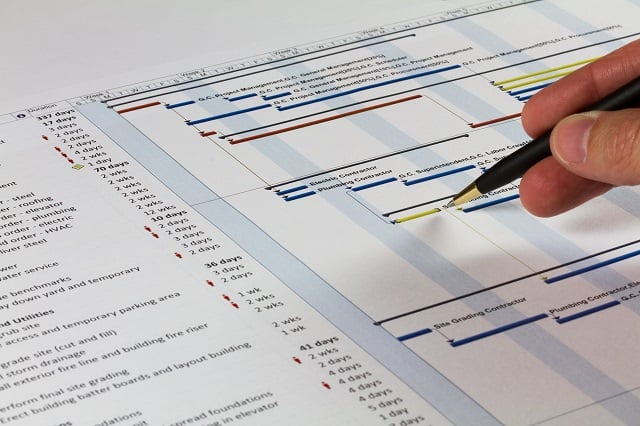
5. Interval financing loans
PROBLEM: Delays and surprises can complicate more than your time table. If you’re using a modular construction loan that pays your builder at the end of each stage, (like when the framing is done, or the roof is complete), complications can easily arise. You might even find yourself in a Catch-22.
SOLUTION: Work closely with your builder and lender to ensure they both have a clear understanding of the project timeline and budget. The bank needs to know what stages will be complete and when so that they can disburse the funds to keep up the progress.
If your contractor can clearly communicate with both you and your lender about inspections done, issues that arise and the costs to solve them, the better your chances of getting the money you need to keep the ball rolling.

6. Builder mistakes
PROBLEM: There are times when a carpenter or a subcontractor believes he/she has a more efficient way to complete some part of your plan or feels he/she has an “improvement” you would really like. Unfortunately, in so doing, they may deviate from the blue prints, and you end up with something you don’t like.
SOLUTION: The sooner you discover their mistake, the better. Fixing a deviation may be as easy as moving a wall stud or repositioning a door or window. Whether or not it’s an easy fix, try the following:
- Find out why they made the alteration. There may be a good explanation. If there is neither a good explanation, nor is the problem easy to fix, see if you can spend a couple of days thinking it over. You may begin to like it.
- Agree to accept the alteration in exchange for an “extra” you desire. If the subcontractor faces an out-of-pocket expense, he/she may be willing to do a little bit of “horse trading.” If the mistake was large enough, you may, for example, negotiate for the built-in bookcase you wanted in the den.
- Your final option is always to tear out and rebuild the alteration according to plans.
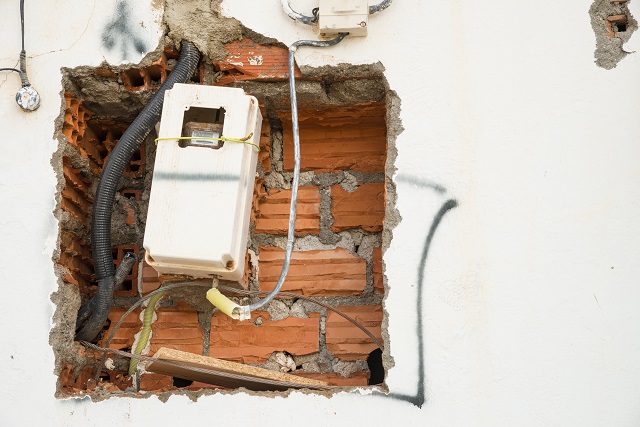
7. Contractors Asking for Payment Upfront
PROBLEM: Your contractor is asking for money, but the job isn’t done. What should you do when paying upfront was not in your contract, what should you do?
SOLUTION: Don’t pay in full until your contractor has done satisfactory work. Typically, you should only pay in full when the job is done. If you have an agreement for any advance payments, make sure that this money goes into escrow and not into an active spending account. This is a safety net to protect your money in case the job doesn’t go as planned.
Make sure the that the contract also has a payment plan if necessary. A popular payment plan for big jobs is to pay one-third upfront, another third during the project, and the final third at the project’s completion. Adding specifics like these will make the payment expectations clear for both parties.

8. Missing Contracts
PROBLEM: Nothing is on paper. You have a handshake deal with a construction buddy. How protect your home project from incomplete or poor quality work?
SOLUTION: Sign a contract before any work begins. Do not start the job until all the following terms are detailed on paper and signed.
- A payment schedule.
- A work timeline.
- A thorough description of the work that needs to be done.
The contract needs to be signed by both parties to be legally binding. Keep a certified copy for yourself to consult at all times during the project. You can also get a lawyer to look over the paperwork if you have any doubts about the wording.

9. Design Flaws
PROBLEM: There are many paths that lead homeowners to say, “I didn’t know it would look this way.” After framing or any other stage of construction, you may discover the results aren’t what you had in mind and want it rebuilt some other way. Sometimes homeowners have a hard time imagining how 2-dimensional blue prints will translate into real living space.
SOLUTION: You may want to change some things. Budgeting often determines the degree or number of changes you’re able to make. Again, setting aside a fund for surprises can save the day. You can ask your architect or designer to render a 3-D model of the design and walk you through it. If this costs extra, consider the blown-up cost of changing the plan mid-construction.
As the price of your project goes up, you may decide there are certain imperfections you can live with. Remember, however, these are compromises that you will live with for the next 10 to 20 years. Make sure you feel secure in your choice. Otherwise, you may end up regretting your decision every time your eyes cross this “imperfection”. That is not something you want to live with.
Important Things to Know
In general, the Construction Agreement you put together with your builder should provide answers to most of these problems. The General Construction Conditions should communicate the steps to follow in the event of a conflict between contracts. The order of precedence generally recognizes more recent documents. Here is the order of precedence to follow:
- Owner-approved Change Orders.
- Construction Contract and Addendums as listed in the contract.
- The Blue Prints as specified in your contract.
Problems due to discrepancies between documents are automatically solved by this order of precedence.
 Have It Your Way with a Custom Builder
Have It Your Way with a Custom Builder  Finding & Hiring a Draftsperson: What They Do, Questions to Ask
Finding & Hiring a Draftsperson: What They Do, Questions to Ask  What Do Excavation Contractors Do?
What Do Excavation Contractors Do?  How to Hire Home Building and Remodeling Professionals
How to Hire Home Building and Remodeling Professionals  How to Find a Good Home Builder
How to Find a Good Home Builder 

Are You Familiar With This Topic? Share Your Experience.